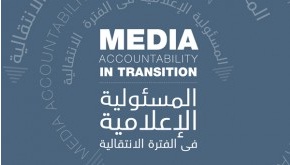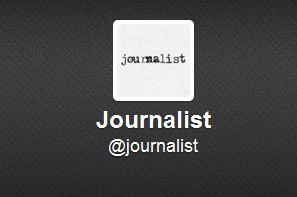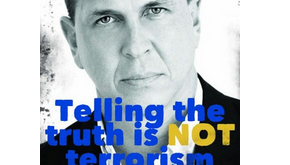Commentators and scholars alike have dubbed 2013 “the year of the paywall” in the news industry. Many wonder whether it is going to resolve the deep crisis mostly manifested in diminishing advertisement revenues. Victor Pickard and Alex Williams (Annenberg School of Communication) ask if paywalls are salvation or folly in a new study published in Digital Journalism.
The authors review an ongoing debate about the promise of paywalls and examine the empirical record of the model. They selected three prominent US American news outlets Arkansas Democrat-Gazette, the Dallas Morning News, and the New York Times and looked at the context and viability of their paywalls.
The Arkansas Democrat-Gazette was one of the first newspapers to launch a paywall in 2001. The motivation was not to generate profit from digital content. Instead, the newspaper wanted to keep the subscribers of its printed version who would otherwise stop buying the print edition and the same news free online. This step seems to be successful. Between 2000 and 2010 the Arkansas Democrat-Gazette increased its circulation by 3.2 percent, while numbers for the most newspapers were falling. However, even as it was succeeding in the field of paid-for online news, the newspaper had to increase the price of its printed copy in 2012 to compensate for falling advertisement revenue.
In January 2011, the Dallas Morning News erected a soft paywall when it started charging for some of its online content. Although the newspaper reported some 50,000 people to purchase its digital subscription, the overall readership of the website dropped from 39 million to 30 million. With limited data on newspaper’s annual revenue available to the authors, they conclude that paywall failed to recover the previous losses or increase overall revenue. By autumn 2013, the paper decided to take down its paywall, and create two versions of the same product – a free one, and a premium version with fewer advertisements.
The New York Times received much attention when it introduced a metered paywall in 2011. It granted non-subscribers free access at first to 20 and later to 10 articles per month. The authors call it an unexpected success: the newspaper managed to attract 600,000 digital subscribers. Yet, there is a profound discrepancy between the NYTimes print and online subscribers in revenue they generate. While one reader of the print version brings some 1,100 USD per year, it is only 175 USD from her digital counterpart. While the most recent figures suggest cautious optimism, the NYTimes is still to be viewed as a special case given its status as a global brand.
The study also outlines three areas of concern surrounding the implementation of paywalls. First are legal concerns which fall in two main categories. On the one hand, there are considerations about the copyright. A well-know field in the music and film industries, digital rights management is relatively novel to the news organizations. The proponents of copyright law in the newspaper industry see it as necessary to prevent the distribution of online content without author’s consent, for example by news aggregators. So far, no such law has been passed because facts cannot be subjects to ownership.
On the other hand, there are anti-trust concerns dealing with possible collusions between competitors inside the industry. The early debate about paywalls around 2009 focused on the possibility of setting industry-wide prices and standards. It was believed by many experts to be the only viable paywall model. The opponents claim relaxing anti-trust regulation for newspaper industry would result in anti-competitive business practices.
The second area of concern is economic and pragmatic issues. The initial question was whether paywalls would be able to compensate the losses in advertisement revenue. Despite skeptical early projections, many news sites began to adapt various paywall-lite models, such as Micropayments. Paypal-like tools would allow for impulsive purchasing of individual articles for a small fee.
The main economic challenge to paywalls is the widespread unwillingness of users to pay for online content. Accustomed to free news, online readers will settle for a lower-quality product if it is available without fee.
Despite these obstacles and the fact that paywall are still to prove their economic feasibility, newspapers continue to adapt it.
Finally, speaking about democratic concerns surrounding paywall model, the authors stress that it violates the internet principle of openness. It also creates the gap between people who can and cannot pay for news content. In general, paywalls “inscribe commercial values into newsgathering process.”
The study concludes with the argument that paywalls will not be a “technical fix”, neither to provide a viable business model or save the news industry from stagnation. Different types of paywalls implemented by different kinds of newspapers might enjoy various degrees of success. But what is needed is a system of support for quality journalism which is not entirely market-based. Instead of purely commercial, for-profit press, the study offers a redirection toward public service-oriented media system supported by tax laws that encourage low-profit and nonprofit alternatives.
Source: Salvation or folly? The promises and perils of digital paywalls by Victor Pickard and Alex T. Williams (Digital Journalism, 2(2), 2014).
This article was modified on 28 May 2014 to include developments in the Dallas Morning News paywall.
Photo credit: Brian Dewey / Flickr Cc
Tags: Alex Williams, Annenberg School of Communication, Arkansas Democrat-Gazette, Dallas Morning News, New York Times, NYT, paywall, Paywalls, Viktor Pickard














































